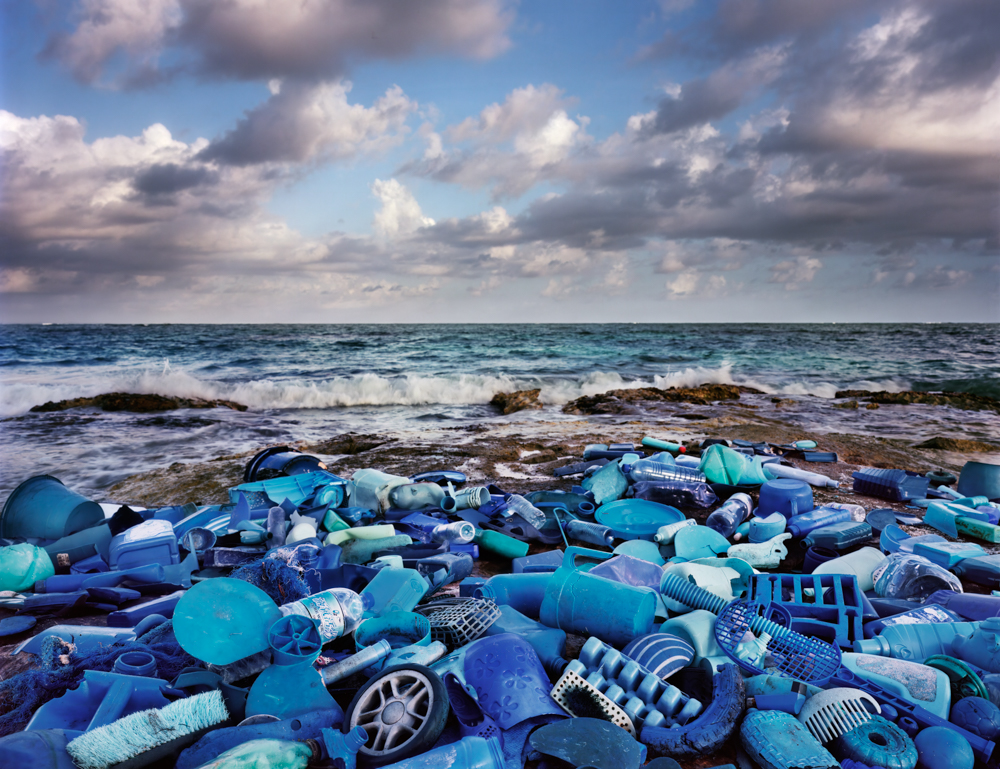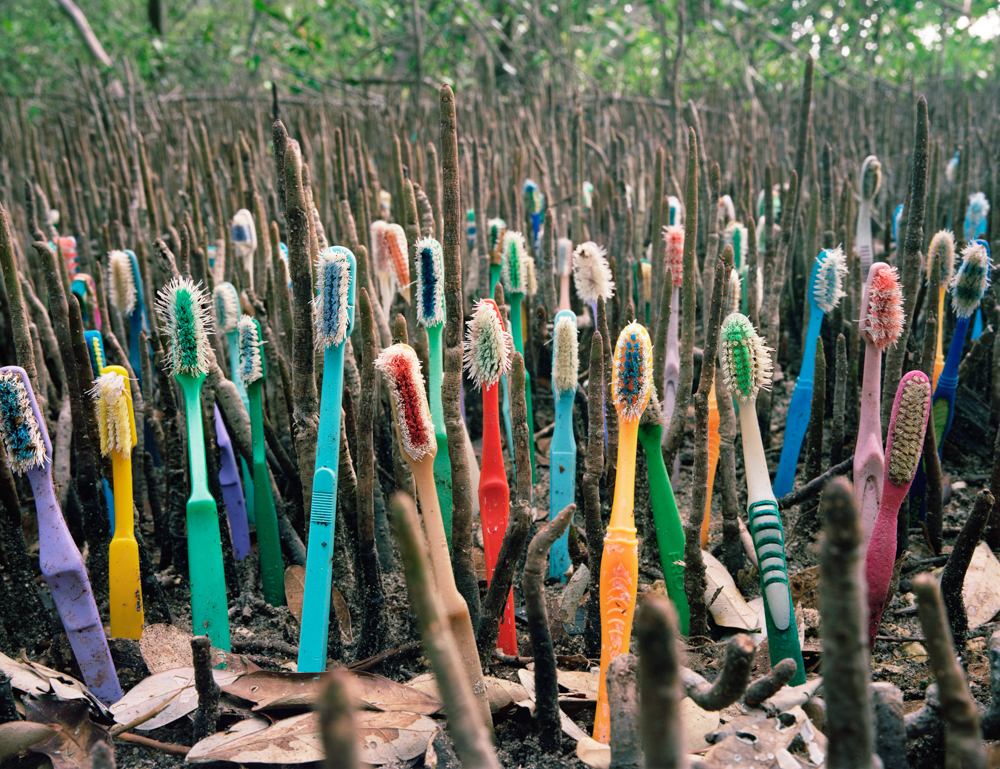Share the post "Transforming chaos: Dialogue with environmental artist Alejandro Duran"
Alejandro Durán (Mexico City, 1974) is a Mexican-American artist known for his work on the environment and the issue of plastic waste in the ocean. Durán is particularly famous for the Washed Up art project: he collects plastic waste from beaches and turns it into art installations. These visual artworks aim to raise public awareness of the problem of marine pollution and the growing amount of plastic in our oceans.
The works from Washed Up have been exhibited in several galleries and art spaces worldwide, helping to raise public awareness of the importance of environmental conservation and the need to address the problem of plastic waste.
For his work, Durán earned an MA in Teaching from Tufts University and an MFA in poetry from the New School for Social Research, and, as an educator, the artist teaches photography and video courses. During his career, Durán has received several awards such as the Creative Capital Award 2019 and the Social Impact Award of Art With Me Tulum.

In this interview for MuseumWeek magazine, the artist and entrepreneur talks about himself starting from his first work of art which he distinctly remembers: “It was a painting of a crooked flower, probably when he was in first grade. My grandmother had it loved it and had it framed, which is why it is considered my first work of art”.
Let’s begin!
With your technique, you have found a balance between nature and pollution, how did the idea of denouncing the environmental emergency through art come about?
The concept for this project didn’t stem from preconceived notions; rather, it emerged as a direct response to witnessing the situation in Sian Ka’an firsthand. When I visited this stunning coastline in Mexico, I was not prepared for it to resemble a garbage dump.
Despite my initial disgust, I chose to create something meaningful from this material, portraying the extensive infiltration of synthetic plastic into the natural environment.
Before creating your work, do you carry out a preparation process before using the materials you find?
My preparation process for this project has involved familiarizing myself with the stretch of coastline between Tulum and Punta Allen and actively seeking magical locations for the installations created from the world’s plastic waste.

So, what are the production times for a work?
It’s challenging to determine the exact time it takes to make one of my installations. The physical construction of an installation may take a day or two, but the process of collecting the plastic material has spanned years.
Continue on MuseumWeek magazine.
